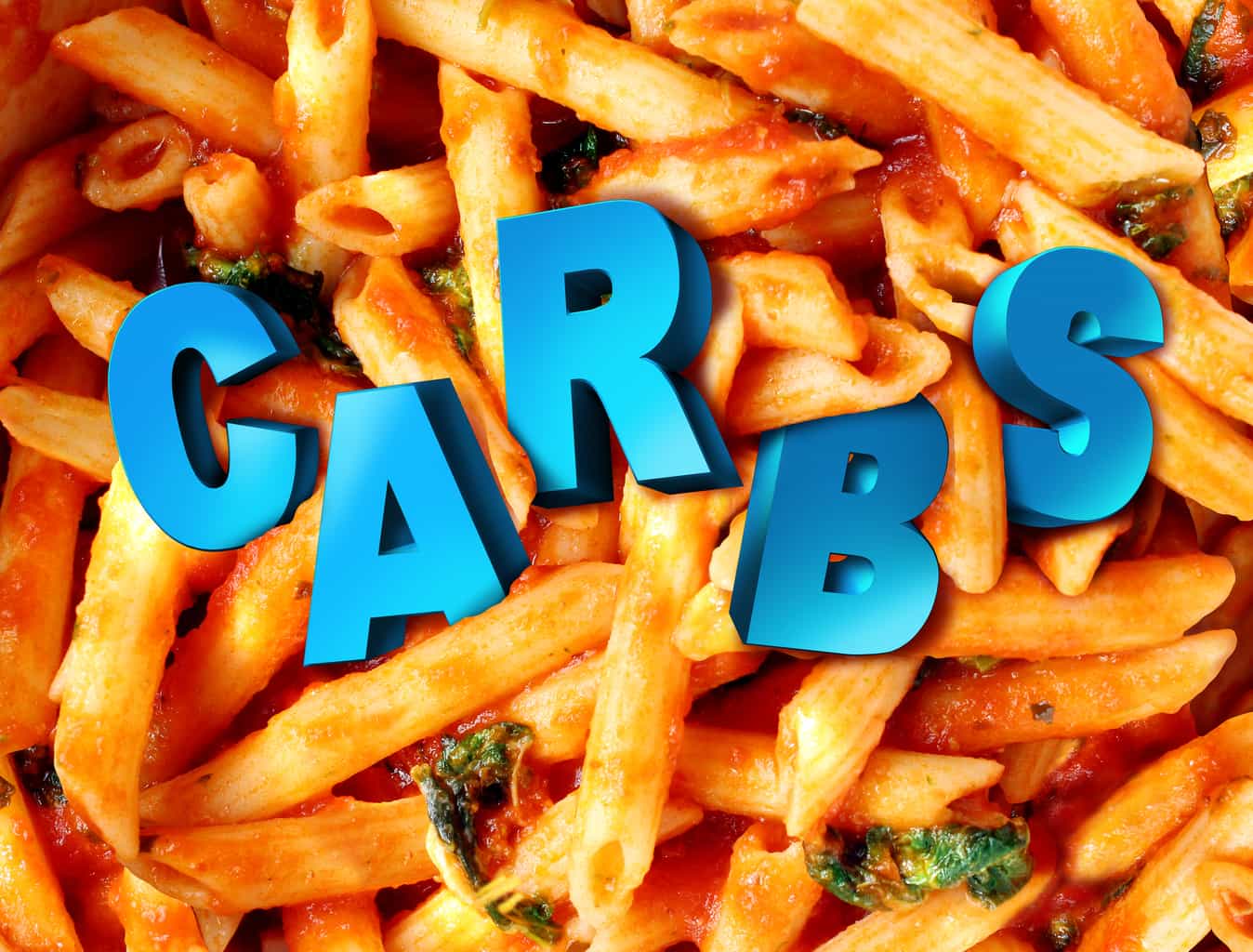
[cmamad id=”10858″ align=”center” tabid=”display-desktop” mobid=”display-desktop” stg=””]
Although the ‘60s were the heyday for biochemistry, there are still fundamental advances made all the time.
In fact, researchers from Cornell discovered an important clue to how the cell regulates metabolism.
They discovered that carbon dioxide increases the rate of energy production in cells.
It does this through the production of cyclic AMP — Cyclic adenosine monophosphate.
Cyclic AMP is a powerful second messenger which controls metabolism.
Understanding how metabolism works helps us figure out what boosts metabolism and what to avoid.

They studied rat mitochondria, the cellular organelle responsible for turning fat and sugar into usable energy.
They concentrated on the final stage in energy production: cytochrome c oxidase (COX).
This is a protein where the cell uses electrons to make ATP — an important energy molecule.

They were able to demonstrate that bicarbonate greatly increased the rate of cell metabolism.
[cmamad id=”10859″ align=”center” tabid=”display-desktop” mobid=”display-desktop” stg=””]
The body partially converts carbon dioxide into carbonate (H₂CO₃). This helps regulate pH.
Due to ubiquitous carbonic anhydrases, CO₂ is in nearly instantaneous equilibrium with its hydrated form H₂CO₃, which in turn rapidly dissociates into H⁺ and HCO₃.
Then they figured-out exactly how this happens.
Bicarbonate stimulates an enzyme responsible for cyclic AMP production (adenyl cyclase).

You can increase oxygen metabolism with cyclic AMP alone, and carbon dioxide upregulates this important molecule.
And cyclic AMP is a well-known stimulator of phosphokinase A (PKA), an enzyme which transfers phosphate groups to proteins.

These transferred phosphate groups may ultimately determine the oxidation rate.
The authors speculate that these added phosphate groups act almost like a “switch” to upregulate metabolism.
They used a process called gel electrophoresis to separate the mitochondrial proteins.
Then they stained them to show the phosphorylated amino acids.
This way, they could visually prove that this effect was taking place.

The cells that metabolized quickly had many phosphorylated proteins.
But the cells with less phosphorylated proteins metabolized more slowly.
And they also had a lower membrane potential.
It’s a rather complicated cascade of events, but the authors were meticulous in their determinations.
We demonstrate for the first time the existence of a CO₂ signaling cascade wholly contained within mitochondria, which serves as a metabolic sensor modulating ATP generation.
This could partially explain why cells metabolize sugar faster than fat.
Sugar metabolism produces carbon dioxide in the mitochondria, starting before it enters the Krebs Cycle.
The Krebs Cycle is the cycle of energy creation in all organisms.
Metabolism is one part of this energy cycle.
The oxidation of fatty acids does not produce carbon dioxide before starting the cycle — it only produces CO₂ in the Krebs Cycle.
Fat does not produce much CO₂ compared to burning sugar.
Which is why it’s better to burn sugar, rather than fat.
Also, the cell’s peroxisomes partially metabolize long-chain fats before they become part of ATP production.
So, long-chain fats produce 6% less ATP because of this.
Researchers used rats to study the effects of a high-fat and a high-sugar diet on carbon dioxide production.

They put rats in a bubble-chamber and measured the gas output.
On a low-calorie diet, the sugar group produced much more carbon dioxide (about 50% more).

Also, the high-fat diet (it was PUFA-based) caused the mice to lose more carbon as bile salts and urinary ketones.
These excreted carbons cannot produce energy, so they cannot be used to produce carbon dioxide.
Carbon dioxide upregulates the last component of energy production in cells, increasing metabolism.
There is a direct association between the cytochrome c oxidase component of metabolism and cancer.
A reduction in metabolism here can lead to a buildup of lactic acid and cancer-like changes.

In this experiment, the researchers silenced the DNA that encodes cytochrome c oxidase in rats.
As described by Otto Warburg in 1931, cancer cells preferentially utilize glycolytic pathways for energy generation while down-regulating their aerobic respiratory activity.
What they found was that the rats produced less cytochrome C oxidase (COX) and used less oxygen.
They also became more easily fatigued in the swimming test.

But the total ATP stayed essentially the same.
To compensate for the loss in cytochrome c oxidase, the cells had to rely on inefficient metabolism to create ATP.
This leads to a buildup of lactic acid. And it explains why the rats fatigued more easily despite adequate ATP levels.
But a carbon dioxide and sugar metabolism could help upregulate the cytochrome c oxidase rate.
This increased rate could shift the ATP production balance away from the cancer-like state.
In cancer cells mitochondrial respiratory activity is decreased in association with changes in the expression levels of COX complex subunit proteins.
Increased carbon dioxide levels can also explain why certain breathing techniques can affect metabolism.
And it can also help explain why it’s easier to induce cancer in rats fed a high-fat diet.
Short-chained fatty acids such as those in coconuts and goat milk metabolize very quickly.
And these don’t seem to have the antimetabolic effects that long-chain fatty acids do.

http://www.sciencedirect.com/science/article/pii/S1550413109000370
Cell Metabolism, Volume 9: Supplemental Data
http://www.cell.com/cms/attachment/605199/4802127/mmc1.pdf
The Effect of High-Fat and High Carbohydrate Diets on Rates of Weight Loss in Mice
http://www.sciencedirect.com/science/article/pii/S0026049564800147
p53 Regulates Mitochondrial Respiration
http://science.sciencemag.org/content/312/5780/1650.short
The Genesis and Growth of Tumors III. Effects of a High-Fat Diet
http://cancerres.aacrjournals.org/content/canres/2/7/468.full.pdf

Leave a Reply